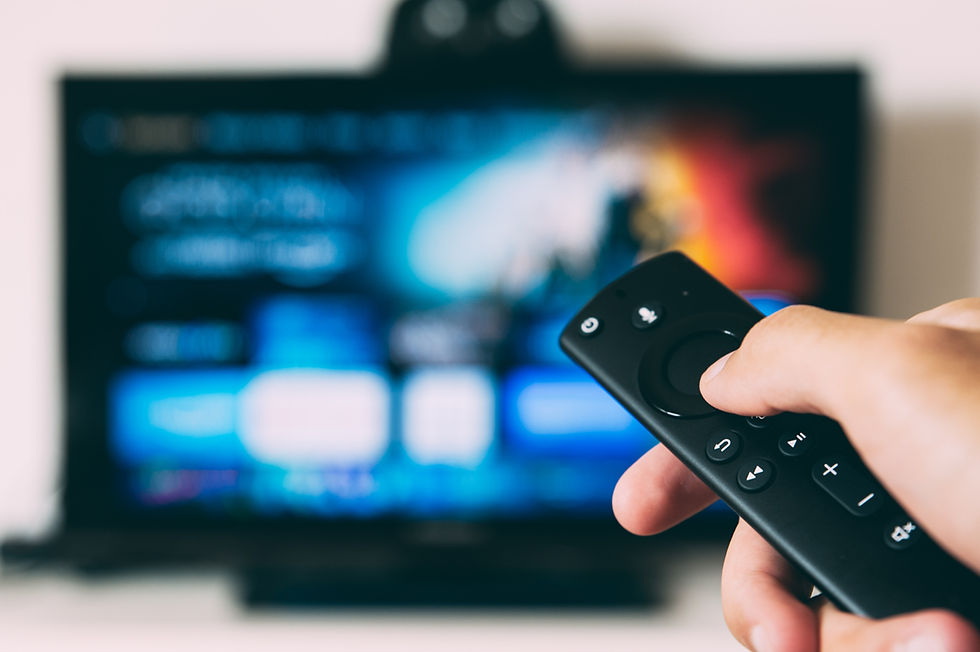Storyboards: The method behind the madness
- Whitney G. L.

- Apr 13, 2021
- 2 min read

(Jurassic Park)
Picture it, you’re driving down the interstate and you’ve just had an incredible vision for a short film. You’ve just seen the entire thing, from beginning to end vividly. There’s no way you’d ever forget even the tiniest detail. So you go home to enjoy the rest of your evening, beaming from ear to ear, excited to rise in the morning to begin your new project. In the morning, there’s just 1 problem… you only remember like 70% of that idea. And you’ll probably only remember about 50% by time you make it back home.
When you have ideas you’d like to turn into completed projects, it is critical to get them on paper (digitally works too) VERY soon after you have these ideas. Although I use a combination of mind mapping, mood boards and storyboards, storyboarding is the method I find most useful in retaining and improving spur of the moment concepts.
A storyboard is a series of drawings, photos or reference images that are compiled to represent the scene by scene progression of a story line. It can include a description of the camera movement as well as shot specifications… like what kind of lens is being used, that the camera is dollying forward or that it’s a medium close up being shot over the shoulder. Arrows can also be used to indicate motion within a frame.
When I create a storyboard, I like to use my apple pencil and iPad to draw stick figures acting out an entire project. This helps me focus on the details I saw originally and allows me to lay a clear cut foundation for my projects that I can build upon. Not only does this prevent me from struggling to remember key elements of my original idea, it also gives me a medium to visually convey these ideas to others as well. Plus, transitioning into the next steps of your project is made much simpler after considering all the details needed to complete a storyboard.
Again, there’s no right or wrong way to create a storyboard, just make sure you outline the action of your story as robustly as possible. Linked below is an online resource to help you better understand storyboarding.. There’s also some great examples and a template so you can get a head start on planning your next masterpiece.





Comments